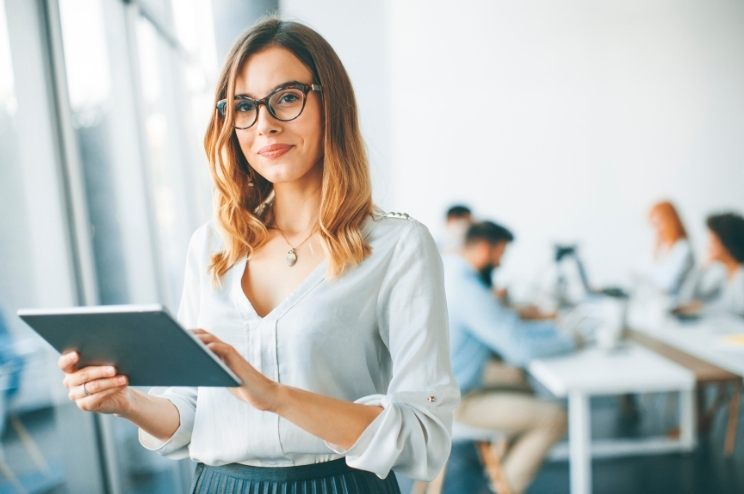
Nonprofit CRM Costs: Three Factors
CharityEngine is nonprofit Constituent Management Relationship (CRM) software that helps nonprofits manage donors and raise money. We are one of several excellent technology options for nonprofits, and it's our goal that you find the right technology for your unique organization.
That said, let's look at three cost factors, and explore ways you can optimize them.
- Number of Contacts: Do you have 25,000 contacts or 100,000? The job of a CRM is right in its name: constituent relationship management. The right CRM will track your constituents (contacts, donors, volunteers) and their giving history. It will log all the biographical and transactional data about them and enrich it for data segmentation. It will forecast giving based on recurring donations and historical gifts. In short, the more people you want the CRM to manage, the more it will cost.
Wait! What if your organization has grown organically, and you have way too many unqualified or incorrect contacts? Data hygiene is crucial. Audit your list and get rid of duplicate or inaccurate entries. Make sure everyone in your database has opted into communication from you...in short, confirm all the individuals are legitimate supporters of your nonprofit, amenable to getting your emails and being part of your campaigns. - Number of Emails: Are you going to be leaning on email marketing and email automation? Like your number of contacts, the number of emails you intend to send can scale your pricing up or down.
We are often asked how many emails it’s okay to send. In general, it’s wise to send at least one email a week, if not several. Look at your culled list of contacts, multiply that by four, and that’s the least number of emails you will want to send. - Annual Fundraising Revenues: On an annual basis, what’s the dollar amount you raise before you factor in grants? While this can be scaled up or down by, among other factors, the answers to the first two questions, your revenue determines your tier, which determines your size more than any other metric.
The next level of pricing is variable. Which fundraising tools are available and which align with your campaign goals? Is the functionality native to the system, or is the CRM part of an ecosystem held together with third-party integrations?
A good CRM salesperson will conduct a thorough discovery phase to understand your goals and match the available functionality to them. Ask questions and talk about your campaign ideas to fully understand what you'll be able to accomplish with each system.
How is Nonprofit CRM Pricing Structured?
Now that we’ve gone over the factors that impact the price of a CRM, let’s look at the most common way pricing is structured. Each of these will be impacted by the three factors listed above.
Most CRMs are SaaS platforms, meaning Software as a Service. In plain language, it’s a subscription.
Thus, most CRMs are going to have:
- Implementation or setup fees: This one-time fee gets your system implemented and set up how you want to use it. It starts as the most basic package for all clients, and then it scales up as the size and complexity of the organization scale up.
An implementation fee includes training, configuration, a plan for data migration, design, and a lot of testing to make sure it’s working properly. - Monthly SaaS fees: This is the monthly cost for your subscription. It is the “base cost” – it’s the off-the-shelf, no extra add-ons cost. It should include core database functionality, forms, and email marketing or automation.
- Recommended add-ons: Add-ons allow you to customize your solution with modules or functionality such as a shopping cart and e-commerce. Start with a wish list of functionalities (billing, automated campaigns, online auctions) and then check off what your CRM offers and what will require a third-party application.
So, What Will My Total Cost Be?
As you can see, “it depends” was an accurate answer. If we gave you a specific answer without asking any questions, we'd be a lousy CRM company.
In general, there are some shops that cater to smaller clients. There are shops that cater to large nonprofits; some even require a trained expert on the nonprofit staff. And then there are those like CharityEngine, who can match capabilities with growing nonprofits as easily as we can serve enterprise-level organizations.
Is a CRM Right for Your Nonprofit?
Most of our clients tell us that the right CRM is a game-changer. As an example, let's explore some of the benefits our clients enjoy:
- 99% effective fraud protection, which keeps your data, your funds, and your reputation safe.
- A 98% sustainer retention rate, which means that only CharityEngine clients have access to the technology that earns an additional 15% more than any other payment processor can achieve.
- A 35% increase in new sustainers, meaning that fundraising base that helps you plan and forecast is growing.
- A 32% increase in new donors, meaning you can use technology to nurture them along the donor journey
- And a 23% increase in average gift size, which means your campaigns will pack more of a punch!
We've yet to meet a nonprofit that wasn't wowed by those results. Ask other shops for their numbers, too, so you can compare results.
But now you're a more educated consumer. You know that at its most basic, your CRM must manage a certain number of contacts and emails and that your revenue helps determine the price. You’ve thought about what add-ons you might want, and you’ve seen how pricing is going to be structured. And you know that it's imperative the software is matched specifically to your needs - no one-size-fits-all solutions really fit every nonprofit.
While you’re feeling empowered and ready to see how much a powerful CRM can transform your nonprofit, email a few vendors. They’ll demo their solution for you, and you can see which meets your needs at your price. And we can promise that the right CRM will, in fact, bring (close to) stratospheric growth. You’ll be glad you took the plunge—and we bet you’ll finally be able to sleep through the night.
Want to read more? Download our Ultimate Guide for Selecting a Nonprofit CRM to learn about specific questions you can ask and features you should consider.



%20(15).png)
-2.png)
